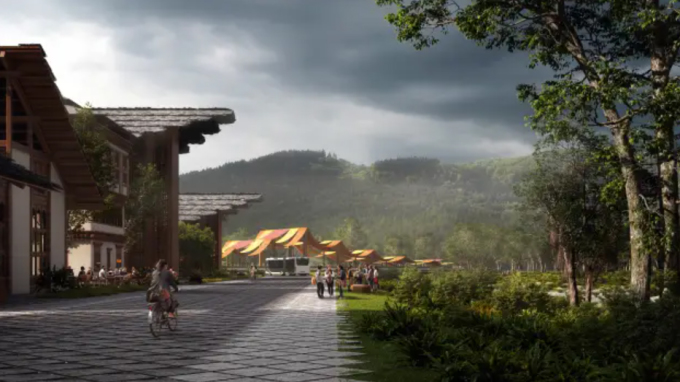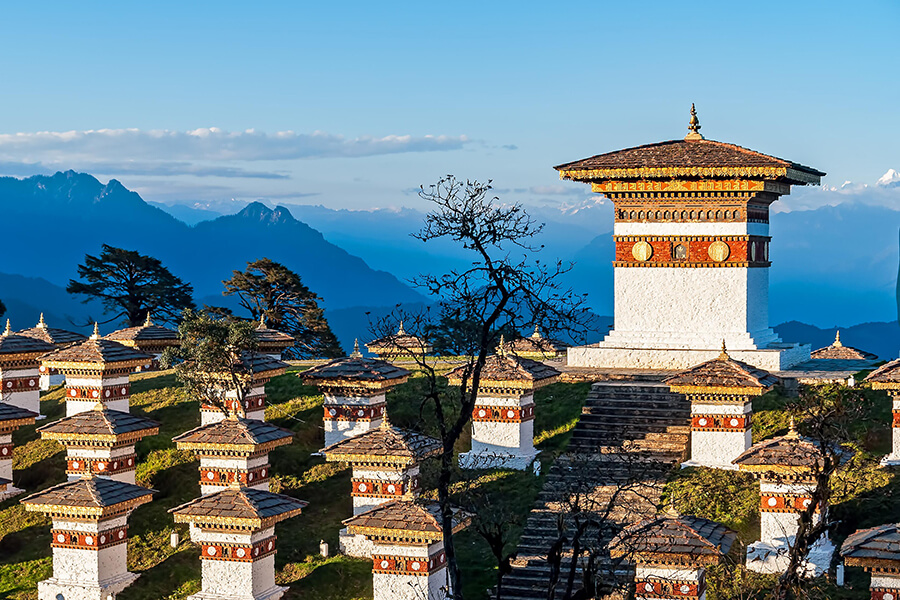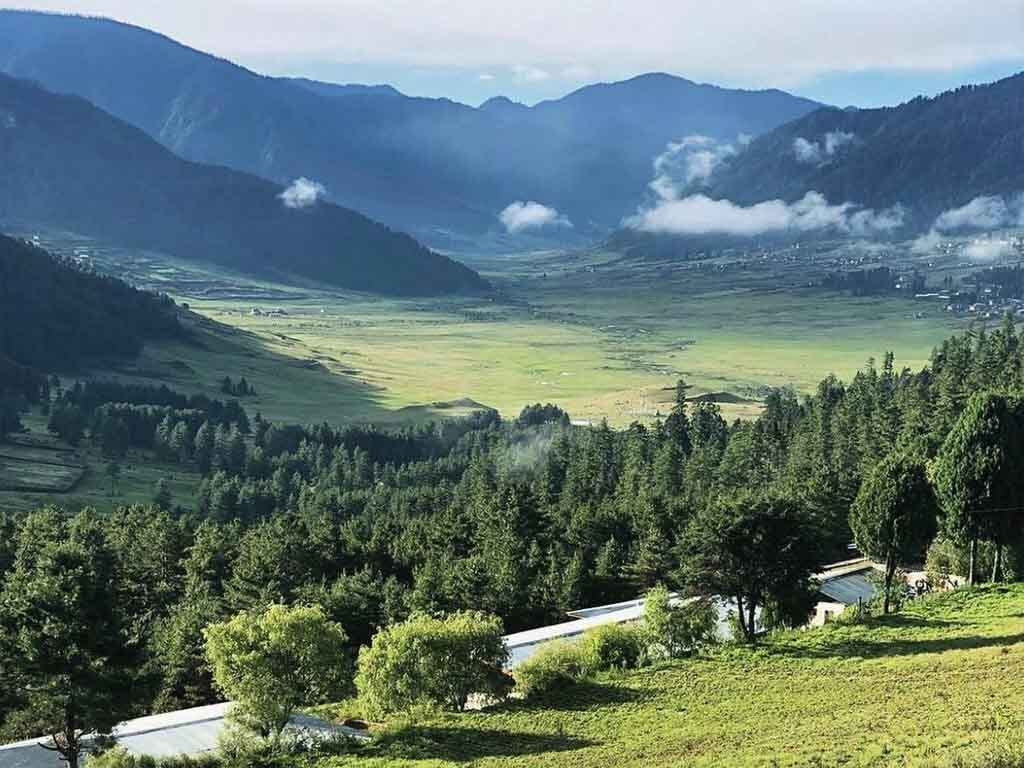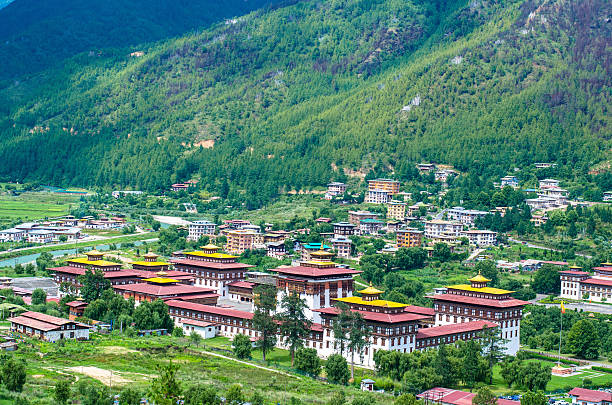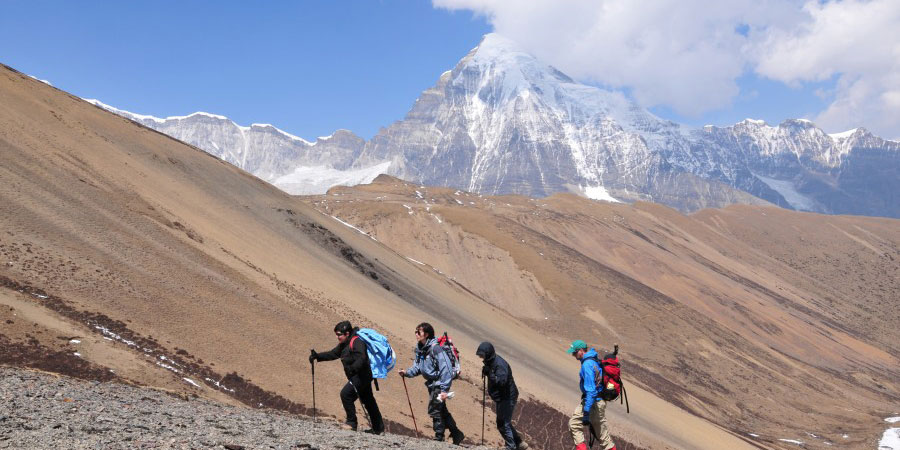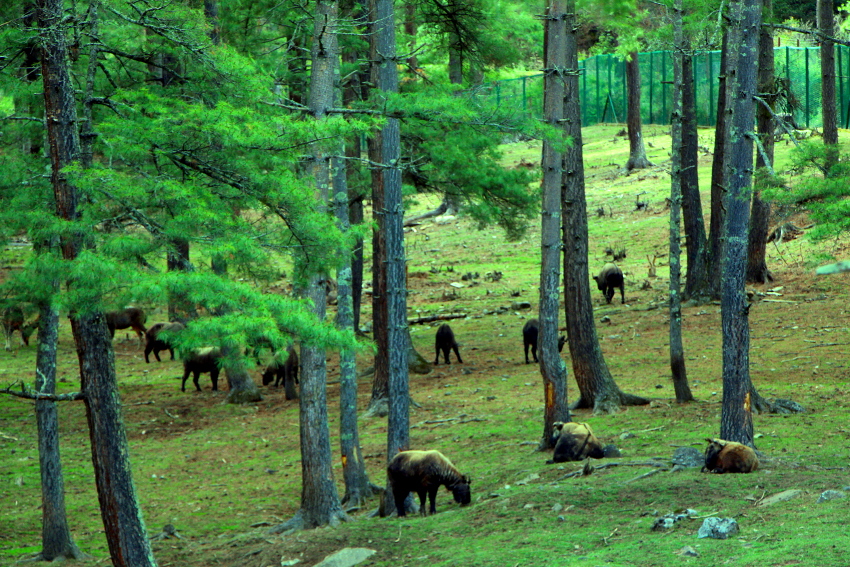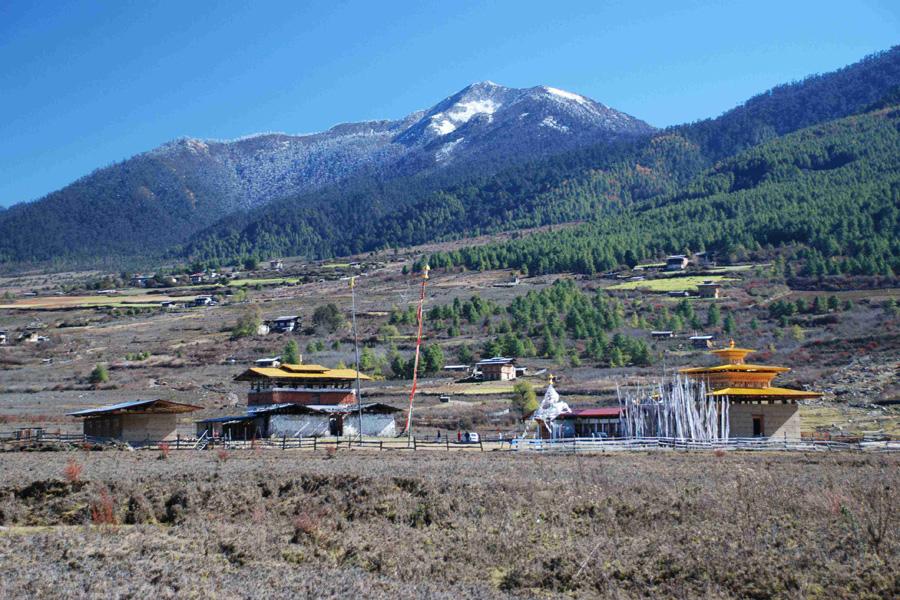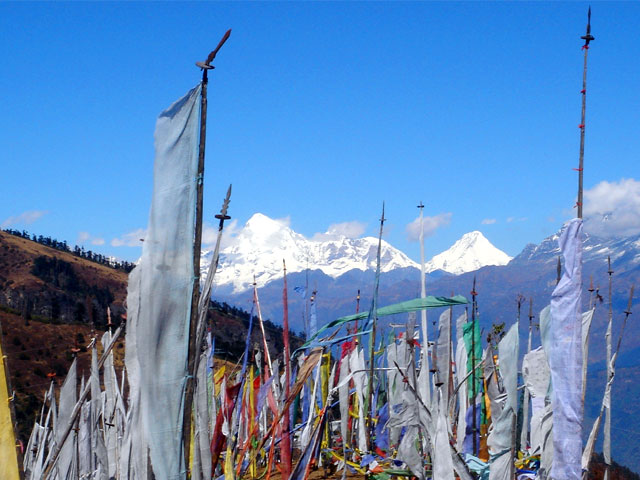Nội dung
Happy City Bhutan: Bhutan is embarking on the construction of a novel city designed around the principles of happiness, aiming to draw in tourists. Spanning 1,000 square kilometers, larger in size than the entire island nation of Singapore, this new endeavor constitutes 2.5% of the nation’s territory.
Positioned adjacent to the town of Gelephu, bordering India, the city—dubbed Gelephu Mindfulness City in official announcements—will serve as a pivotal economic hub and entry point for visitors exploring the country’s treasures.
Building Bliss: Bhutan’s Model ‘Happy City’ Beckons Tourists to Experience True Well-being
The Happy City Bhutan‘s operational ethos revolves around fostering happiness among its populace. “Our focus extends beyond mere economic growth to encompass the holistic well-being of our citizens,” stated a Bhutanese government announcement. Embracing sustainability and local resources, the new urban landscape will predominantly feature housing constructed from indigenous materials like wood.
As per the blueprint, the city will comprise 11 interconnected neighborhoods meandering alongside 35 rivers and streams, forming a pattern akin to ribbons. To mitigate flood risks, the plan integrates rice fields along these waterways. Infrastructure development is underway, including the construction of a new international airport and dry port, though an official completion date has yet to be disclosed.
Bhutan’s King Jigme Khesar Namgyel Wangchuck emphasized in December 2023 the nation’s agility in innovation, unburdened by traditional constraints, allowing for swift execution of ambitious plans uncommon in other countries. Gelephu, a significant border entry point for Indian tourists, contrasts with the primary arrival hub for most international visitors, Paro International Airport near Thimphu, the compact capital spread across approximately 26 square kilometers.
Exploring the Land of Happiness: 10 Best Things to See in Bhutan in 2024
Nestled in the heart of the Himalayas, Bhutan is a land of pristine landscapes, vibrant culture, and deep-rooted spirituality. Despite its small size, this enchanting kingdom offers a wealth of experiences for travelers seeking adventure, tranquility, and cultural immersion. From ancient monasteries perched on rugged cliffs to scenic valleys dotted with prayer flags, Bhutan is a destination like no other. In this article, Daily Magazine will delve into the 10 best things to see and experience in Bhutan in 2024.
Paro Taktsang (Tiger’s Nest) Monastery
Perched precariously on the edge of a sheer cliff, Paro Taktsang is perhaps Bhutan’s most iconic landmark. Also known as the Tiger’s Nest, this sacred monastery is located 900 meters above the Paro Valley and offers breathtaking views of the surrounding mountains. Legend has it that Guru Rinpoche, the father of Bhutanese Buddhism, meditated here for three years, three months, three weeks, and three days in the 8th century.
Today, visitors can hike up to the monastery, passing through pine forests adorned with prayer flags, to witness its awe-inspiring beauty up close.
Punakha Dzong
Built at the confluence of two rivers, the Mo Chhu and Pho Chhu, Punakha Dzong is one of Bhutan’s most majestic fortresses. This architectural marvel served as the capital of Bhutan until the 1950s and continues to be an important religious and administrative center.
Visitors can explore the intricately painted halls, ornate courtyards, and towering whitewashed walls of this historic dzong, which is particularly enchanting during the annual Punakha Tshechu festival.
Dochula Pass
Located at an altitude of 3,100 meters, Dochula Pass offers panoramic views of the snow-capped Himalayan peaks on clear days. The pass is adorned with 108 chortens (stupas) built in memory of Bhutanese soldiers who lost their lives in a conflict with Indian insurgents.
Travelers can take a leisurely stroll around the chortens, soak in the breathtaking vistas, and enjoy a cup of traditional Bhutanese tea at the Dochula Cafeteria.
Phobjikha Valley
Known as the “Valley of the Black Necked Cranes,” Phobjikha is a picturesque valley nestled between snow-capped mountains in central Bhutan. This pristine wilderness is home to the endangered black-necked crane, which migrates here from Tibet every winter.
Visitors can explore the valley on foot or bicycle, visit the Gangtey Monastery, and witness the graceful cranes in their natural habitat.
Thimphu
As the capital and largest city of Bhutan, Thimphu is a bustling hub of culture, commerce, and spirituality. Visitors can explore the city’s vibrant markets, where artisans sell traditional handicrafts, textiles, and Bhutanese delicacies.
Highlights include the Tashichho Dzong, a majestic fortress that houses the throne room and government offices, and the National Memorial Chorten, a stupa dedicated to world peace and prosperity.
Hike to Chomolhari Base Camp
For adventurous travelers, the trek to Chomolhari Base Camp offers an unforgettable journey through Bhutan’s rugged wilderness. Located at the base of Mount Chomolhari, the second highest peak in Bhutan, this trek takes you through pristine alpine forests, high mountain passes, and remote villages.
Along the way, you’ll encounter yak herders, nomadic shepherds, and breathtaking vistas of snow-capped peaks.
Takin Preserve
The national animal of Bhutan, the takin, is a unique and elusive creature that resembles a cross between a goat and a cow. Visitors can observe these fascinating animals up close at the Takin Preserve in Thimphu, where they roam freely in a protected natural environment.
The preserve also houses other native wildlife species, including Himalayan serow, barking deer, and sambar deer.
Bumthang Valley
Renowned for its sacred temples, lush valleys, and traditional farmhouses, Bumthang is often referred to as the “spiritual heartland” of Bhutan. Visitors can explore the region’s numerous monasteries and temples, including the revered Jakar Dzong and Kurje Lhakhang, where Guru Rinpoche is said to have meditated.
The valley is also known for its annual festivals, which celebrate Bhutanese culture, religion, and heritage.
Chele La Pass
Situated at an altitude of 3,988 meters, Chele La Pass is the highest motorable pass in Bhutan and offers stunning views of the surrounding Himalayan peaks. Visitors can drive or hike to the pass from Paro or Haa Valley and enjoy panoramic vistas of snow-capped mountains, alpine meadows, and rhododendron forests.
Chele La Pass is also a popular spot for picnics, photography, and birdwatching.
Trongsa Dzong

Travel to Bhutan – Trongsa Dzong
Perched on a steep ridge overlooking the Mangde Chu River, Trongsa Dzong is the largest dzong in Bhutan and a masterpiece of Bhutanese architecture. This imposing fortress served as the seat of power for the Wangchuck dynasty before they became the rulers of Bhutan.
Visitors can explore the dzong’s labyrinthine corridors, ornate courtyards, and ancient temples, gaining insight into Bhutan’s rich history and cultural heritage.
Conclusion for the project of Happy City Bhutan
In conclusion, Bhutan’s visionary creation of the “Happy City” stands as a testament to the nation’s commitment to holistic well-being and sustainable development. By prioritizing happiness alongside economic prosperity, Bhutan has forged a model that inspires nations worldwide.
Through initiatives like Gelephu Mindfulness City, Bhutan not only aims to attract tourists but also to foster a society where the pursuit of happiness is ingrained in every facet of life. As the world navigates complex challenges, Bhutan’s example serves as a beacon of hope, reminding us that true prosperity is measured not only in material wealth but also in the happiness and well-being of its people.
The Happy City of Bhutan embodies a profound philosophy—one that resonates far beyond its borders—ushering in a future where the pursuit of happiness is not just an aspiration but a guiding principle for society’s flourishing.

